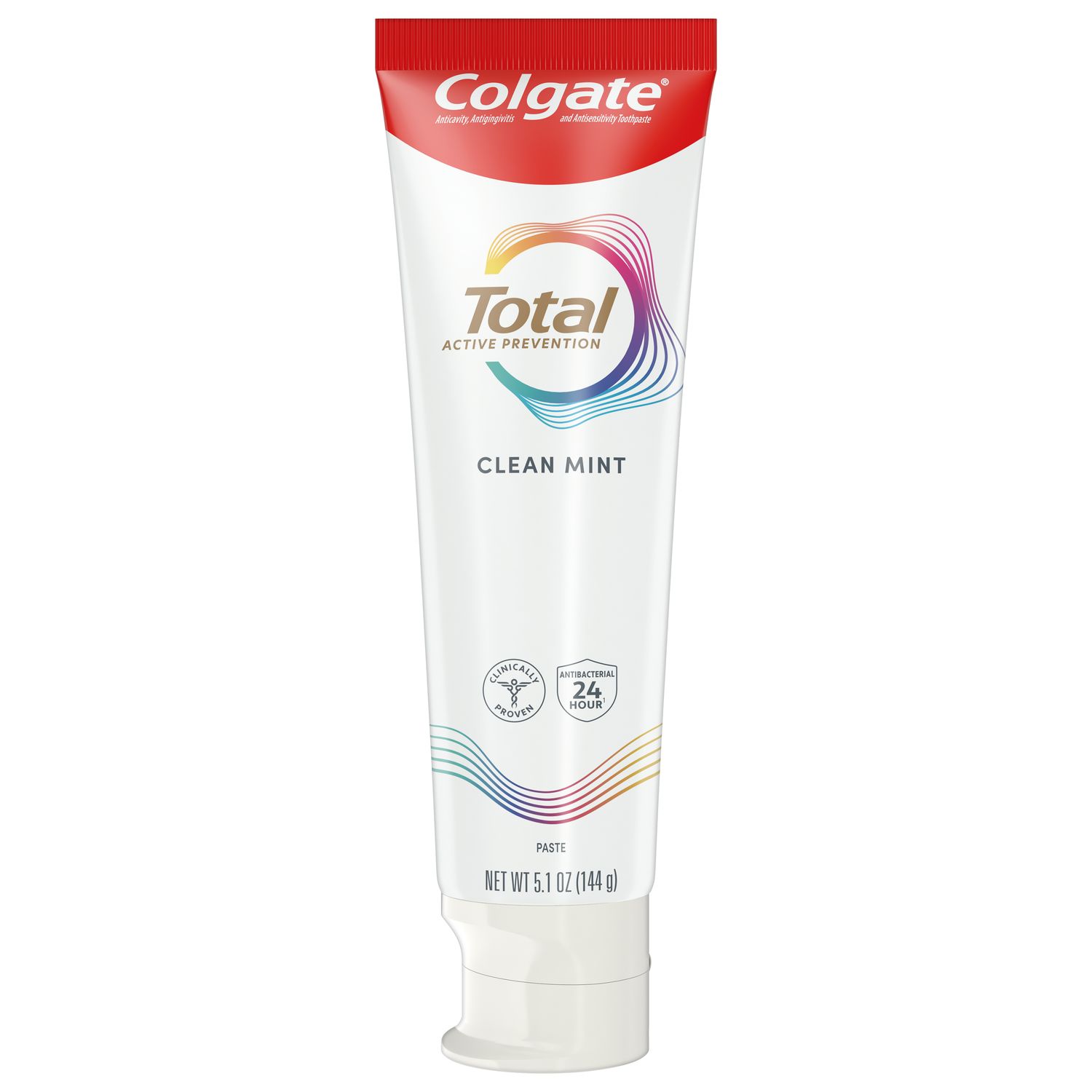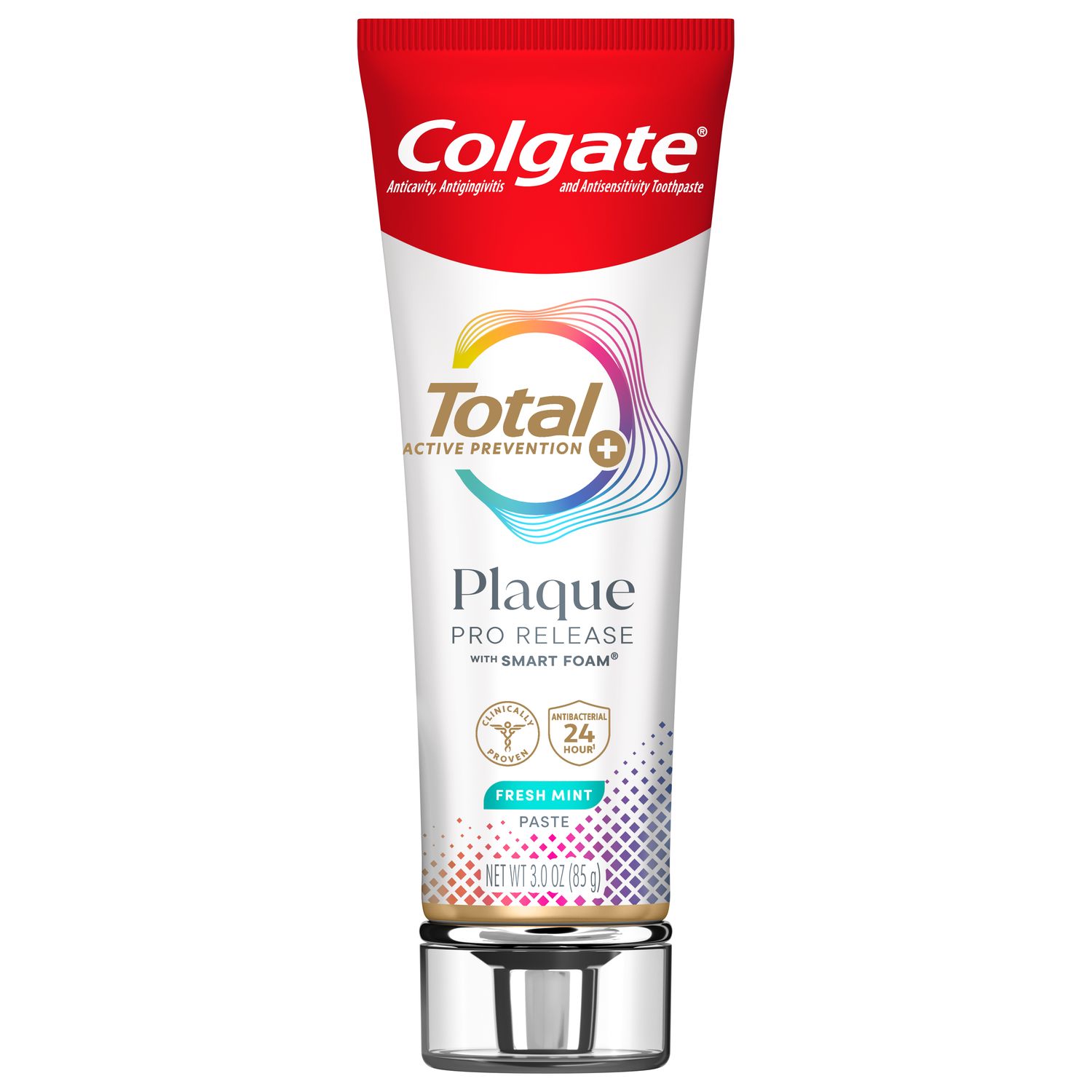
According to the World Health Organization (WHO), dental caries is the most prevalent disease worldwide. With that in mind, we discuss how dental students can incorporate caries risk assessments into their patient care to improve oral health outcomes.
The caries continuum
Dental caries is a biofilm-mediated disease resulting from the demineralization of dental hard tissues that occurs along a continuum, from incipient lesions to full cavitation. Progression along this continuum depends on the continuous and sustained disruption of the demineralization/remineralization balance. When the rate of demineralization exceeds the capabilities of saliva and other remineralization mechanisms (e.g., fluoride products), the dental hard tissues experience a net mineral loss. If the dental professional can intervene and help patients restore this balance, it is possible to arrest or, in the case of non-cavitated lesions, arrest or reverse dental caries.
Caries risk assessment and early intervention
Research consistently shows that the earlier dental caries is identified, the better the long-term outcome for the patient. This research underscores the value of a proactive approach to caries detection, prevention, detection and management. The foundation of this approach is the caries risk assessment, a clinical process for establishing the probability of an individual patient developing caries lesions. In cases where lesions are already present, the CRA also serves to establish the risk of progression. Using this information, you can make a fully informed decision on the most appropriate intervention to prevent or manage dental caries. In a 2018 systematic review, it was also found that non-cavitated caries could be arrested or reversed altogether with early intervention.
There are a number of frameworks and systems in use for the classification and management of caries risk. These vary according to local practices. In an effort to standardize the process, the Global Collaboratory for Caries Management (GCCM) developed the comprehensive International Caries Classification and Management System (ICCMS).
The International Caries Classification and Management System (ICCMS)
The ICCMS identifies four steps to determine your patient’s risk level and formulate a tailored caries management plan. You can think of these as “the four D’s”: determine, detect, decide and do.
Step 1: History (Determine)
The first step is to identify patient-level risk factors for dental caries by collecting information on the patient’s medical and dental history, and asking about any symptoms or complaints that may be present.
Possible patient-level risk factors may include:
Past head and neck radiation treatment
A diet high in fermentable carbohydrates
Insufficient topical fluoride exposure
Xerostomia (dry mouth).
Step 2: Classification (Detect)
The second step looks at intra-oral risk factors and aims to establish the presence, severity and activity of dental caries.
Intraoral risk factors are assessed by conducting a clinical examination of the oral cavity. They may include:
The presence of caries lesions
Thick biofilm accumulation, especially in areas of stagnation
Exposed root surfaces
Exposed pulp, ulceration, fistula or abscess.
When visually examining each tooth, the ICCMS offers four categories with which to classify dental caries: sound (no evidence of caries), initial, moderate and extensive. If you are able to obtain radiographic images, they can provide valuable additional information about the depth and severity of lesions to support your visual assessment.
In addition, you will seek to establish whether the caries lesions are inactive or active, e.g., initial active caries, moderate inactive caries. A reliable way to determine activity is by comparing past and present radiographic images, and the ICCMS publication offers further guidance for cases in which this is not possible.
Step 3: Decision Making (Decide)
Using your visual and risk assessments to form a clinical judgement, you can now assign your patient a low-, moderate- or high-risk status. Using the ICCMS Caries Risk and Likelihood Matrix, you can then measure this against the stage and activity of caries lesions to judge the likelihood that caries will develop or progress. The matrix uses a color-coded traffic light system to denote likelihood: green for low, yellow for moderate, and red for high.
Step 4: Management (Do)
For each of the likelihood categories, the ICCMS sets out evidence-based guidance to inform your patient’s individual caries prevention and management plan. The goal of this plan is to:
Prevent new caries lesions developing in sound teeth
Arrest or reverse existing caries lesions
Preserve the structure of the tooth with non-surgical intervention where possible.
For low (green) likelihood patients, the ICCMS recommends oral health counselling and a toothpaste with at least 1000 ppm fluoride for preventive home use, in line with local guidelines. However, for moderate- and high-likelihood (yellow and red) patients, the ICCMS sets out a package of further interventions that the dental professional can choose from according to their individual patient’s needs.
Among these is the recommendation that patients at moderate and high risk use a toothpaste with at least 1450 ppm fluoride. One example is Colgate Total Toothpaste. Another recommendation is to use higher-level fluoride products for moderate and high risk patients. Options include the use of 5% sodium fluoride varnish, such as Colgate Duraphat, and the use of prescription-level fluoride toothpastes with 2,800 ppm and 5,000 ppm fluoride, such as Colgate Duraphat Toothpaste which is available in both concentrations.
Another recommendation is to administer a sodium fluoride varnish like Colgate Duraphat Varnish to moderate- and high-risk patients, twice and four times per year respectively. The use of 5% sodium fluoride varnish is supported by authorities in Europe, including, for example, Public Health England and NHS Scotland.
All patients should be encouraged to schedule regular visits so that you can monitor whether their caries risk has changed, whether any existing lesions have progressed, and whether you need to adjust their individual caries management plan.
The above contains a brief summary of some of the content in the ICCMS. By reviewing the document in full, you’ll find a wealth of information to help you create thorough, patient-centred management plans and improve long-term outcomes for your at-risk patients.
Join us
Get resources, products and helpful information to give your patients a healthier future.
Join us
Get resources, products and helpful information to give your patients a healthier future.













